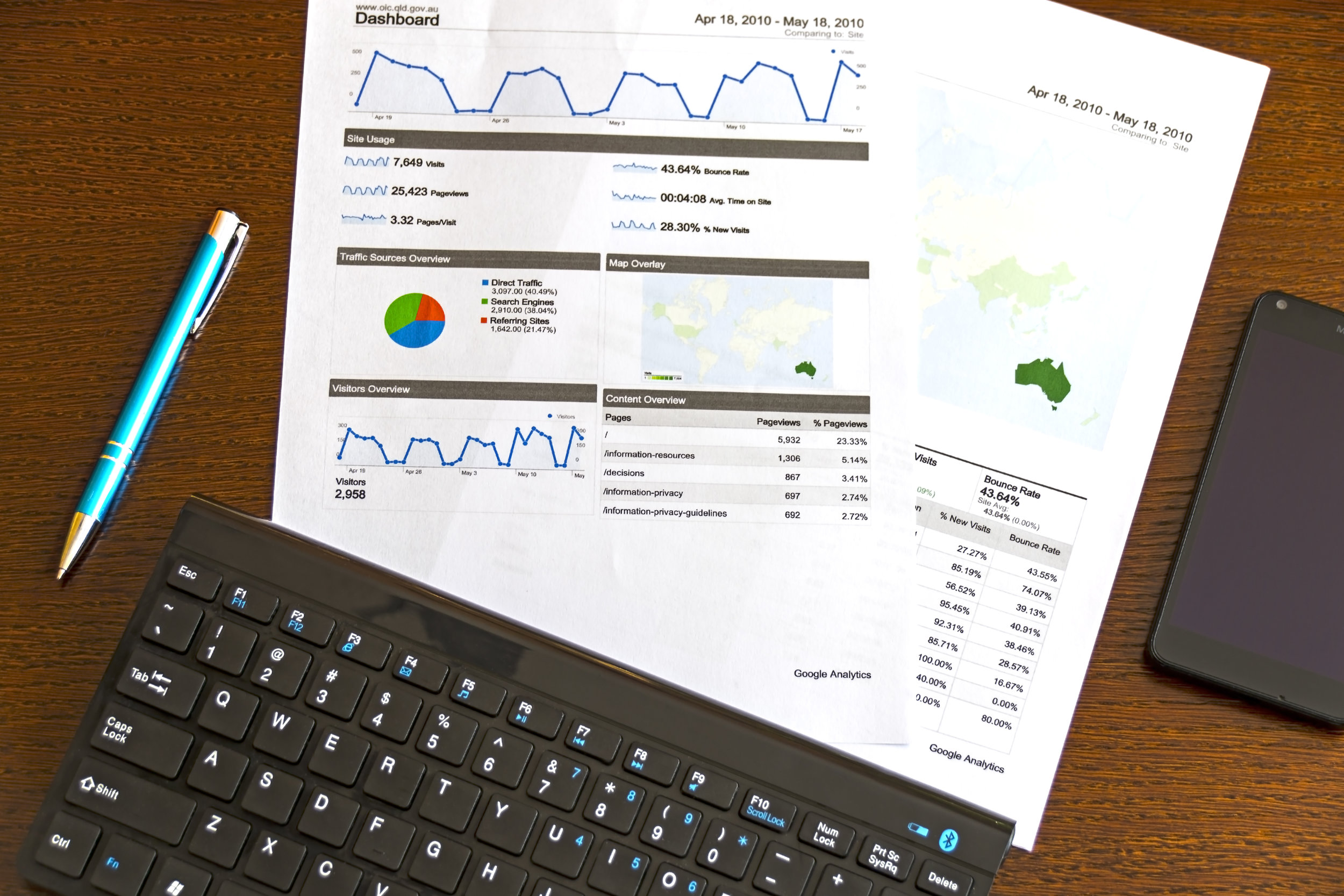Every business requires startup capital. Some businesses are more demanding than others to fund and require larger capital to get off the ground and become profitable. The speed at which capital is consumed by the business is known as Burn Rate. A businesses burn rate allows for projection of how long the business can operate with the available capital before the venture becomes unsustainable. This time frame is called Runway. We will discuss burn rate and runway, see how they affect startups/ventures, and dissect how investors use these numbers to decide on capital calls and future funding.
why should i track my burn rate?
Tracking burn rate is critical to the success of any startup. Without an accurate burn rate, a business owner will not be able to project the future capital investments needed for the venture to continue. Burn rate is usually calculated on a monthly basis and reflects how much money the business needs to survive for a month. Lets imagine a newly opened gym. This gym has a staff of 2 people at $5 and hour working 160 hours a month, that's $1,600 in wages for the month. The gyms other expenses include utilities at $1,500 a month as well as cleaning and maintenance at $200 a month. Our imaginary gym also has 20 members at $50 a membership, that's $1,000 a month worth of sales. Lets run down the numbers.
- Wages: ($1,600)
- Utilities: ($1,500)
- Cleaning & Maintenance: ($200)
- Sales from Memberships: $1,000
- Cash Flow: ($2,300)
As you can see, this business is experiencing negative cash flow (more money is leaving the business than coming in). If this gym is to continue operating, a minimum of $2,300 must be pumped into the operation, assuming the above breakout remains static. If the capital available to this operation is $10k, how long could the gym operate before having to close assuming expenses and sales remain the same as our example? Lets do the math.
- Capital Investment / Burn Rate = Runway
- $10,000 / $2,300 = 4.3
The equation yields 4.3 meaning this gym may operate for another 4.3 months without another capital investment. We've just calculated our Runway, the amount of time a business can operate before running out of capital. Without the burn rate, a business's runway cannot be determined. All startups should be well aware of their burn rates and runways if they wish to succeed.
Its all about the cash flow
But wont my business produce positive cash flow right away? Unfortunately in most cases no. A business just starting off is in its infancy and usually has negative cash flow (more money leaving the business than coming in). As a business matures its management experience grows, marketing efforts manifest, and customer base becomes established. These factors drive cash flow positive (more money coming into the business than out) and the business begins to flourish. It is critical for a business to maintain a solid foundation of capital if it wishes to survive through its infancy. This is key!
Without investor capital, a business with negative cash flow would not operate for long and would never see the later years of potential returns.
The importance of capital
Keeping a business solvent isn't easy. Unpredictable markets and shifts in consumer confidence impact sales figures. Some months are better than others and there are times when a business fails to generate more money than it consumes. This is why capital is so important to the foundation of any business. Imagine a house with a weak foundation but a strong frame. The foundation for this house would be capital and the frame would be the operation comprising of the business sector, management, & marketing. The best management, newest marketing techniques, and hottest business sector wont guarantee a business's solvency. The frame for the business may be sturdy, but without a solid foundation of capital available, the business wont be able to survive through unpredictable, inevitable downturns.
As an intelligent entrepreneur, you should be prepared with the knowledge and capital needed to execute your venture. Track your burn rate and calculate your runway, look at your available capital, and prepare for difficult months. Startups and ventures ill-prepared are doomed to fail. Don't fall victim to bear markets, your better than that.


